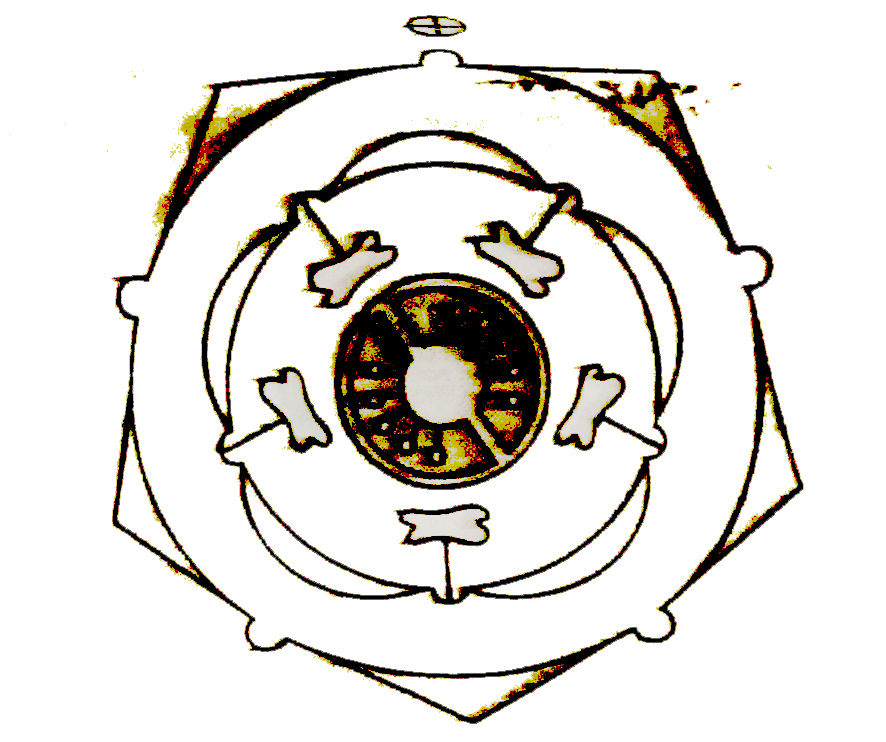What is a floral diagram ? What special features does a floral diagram inform ?
Step-by-Step Text Solution
1. Definition of Floral Diagram:
A floral diagram is a graphic representation of a flower that illustrates its various parts and their arrangement. It serves as a visual tool to understand the structure of a flower.
2. Symmetry:
The floral diagram indicates the symmetry of the flower. Flowers can be classified based on their symmetry into:
- Actinomorphic: Symmetrical from multiple planes (e.g., radially symmetrical).
- Zygomorphic: Symmetrical from only one plane (e.g., bilaterally symmetrical).
3. Sexuality:
The diagram provides information about the sexuality of the flower. Flowers can be:
- Unisexual: Having either male or female reproductive organs.
- Bisexual: Having both male and female reproductive organs.
4. Bracteate or Ebracteate:
The floral diagram shows whether the flower has bracts (leaf-like structures that protect the flower) or not.
- Bracteate: Presence of bracts.
- Ebracteate: Absence of bracts.
5. Calyx and Corolla:
The diagram also depicts the calyx (sepals) and corolla (petals) of the flower. It informs about:
- The presence or absence of sepals and petals.
- The number of sepals and petals.
- Whether they are fused or not.
6. Androecium and Gynoecium:
The floral diagram illustrates the male (androecium) and female (gynoecium) reproductive structures. It provides information on:
- The presence of these structures.
- The number of stamens (androecium) and carpels (gynoecium).
- Whether they are fused or not.
7. Arrangement of Floral Parts:
The floral diagram helps in understanding the arrangement of sepals, petals, stamens, and carpels in relation to each other, which is crucial for identifying and classifying flowers.
Summary of Special Features:
- Symmetry (actinomorphic or zygomorphic)
- Sexuality (unisexual or bisexual)
- Presence of bracts (bracteate or ebracteate)
- Details of calyx and corolla (number, presence, fusion)
- Details of androecium and gynoecium (number, presence, fusion)
- Arrangement of floral parts
A floral diagram is a graphic representation of a flower that illustrates its various parts and their arrangement. It serves as a visual tool to understand the structure of a flower.
The floral diagram indicates the symmetry of the flower. Flowers can be classified based on their symmetry into:
- Actinomorphic: Symmetrical from multiple planes (e.g., radially symmetrical).
- Zygomorphic: Symmetrical from only one plane (e.g., bilaterally symmetrical).
The diagram provides information about the sexuality of the flower. Flowers can be:
- Unisexual: Having either male or female reproductive organs.
- Bisexual: Having both male and female reproductive organs.
The floral diagram shows whether the flower has bracts (leaf-like structures that protect the flower) or not.
- Bracteate: Presence of bracts.
- Ebracteate: Absence of bracts.
The diagram also depicts the calyx (sepals) and corolla (petals) of the flower. It informs about:
- The presence or absence of sepals and petals.
- The number of sepals and petals.
- Whether they are fused or not.
The floral diagram illustrates the male (androecium) and female (gynoecium) reproductive structures. It provides information on:
- The presence of these structures.
- The number of stamens (androecium) and carpels (gynoecium).
- Whether they are fused or not.
The floral diagram helps in understanding the arrangement of sepals, petals, stamens, and carpels in relation to each other, which is crucial for identifying and classifying flowers.
- Symmetry (actinomorphic or zygomorphic)
- Sexuality (unisexual or bisexual)
- Presence of bracts (bracteate or ebracteate)
- Details of calyx and corolla (number, presence, fusion)
- Details of androecium and gynoecium (number, presence, fusion)
- Arrangement of floral parts
Topper's Solved these Questions
- BOOK - PRADEEPCHAPTER - MORPHOLOGY OF FLOWERING PLANTSEXERCISE - NCERT EXERCISES (WITH ANSWERS)15videos
MORPHOLOGY OF FLOWERING PLANTS
- BOOK - PRADEEPCHAPTER - MORPHOLOGY OF FLOWERING PLANTSEXERCISE - ADDITIONAL QUESTIONS (VERY SHORT ANSWER QUESTIONS)36videos
MORPHOLOGY OF FLOWERING PLANTS
- BOOK - PRADEEPCHAPTER - MORPHOLOGY OF FLOWERING PLANTSEXERCISE - Assertion-Reason Type Questions16videos
MORPHOLOGY OF FLOWERING PLANTS
- BOOK - PRADEEPCHAPTER - MINERALNUTRITIONEXERCISE - PRACTICE QUESTIONS (ASSERTION-REASON)21videos
MINERALNUTRITION
- BOOK - PRADEEPCHAPTER - NEURAL CONTROL AND CORRDINATIONEXERCISE - Practive Question (Assertion-Reason Type Question)17videos
NEURAL CONTROL AND CORRDINATION
Similar Questions
Knowledge Check
- Question 1 - Select One
Plants with this floral diagram are
 ADicotsBLegumesCMedicinal and perennialDWith pinnately compound leave.
ADicotsBLegumesCMedicinal and perennialDWith pinnately compound leave. - Question 2 - Select One
Floral diagram does not show
Acohesion and adhesionBaestivationCcolour and shape of petalsDall of these - Question 3 - Select One
Floral diagram fails to indicate
Aepiphylly and epipetalyBaestivation and placentationCposition of ovary on the thalamusDcohesion of carpels and stamens


